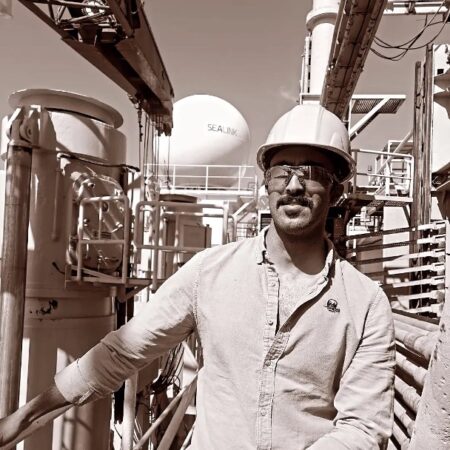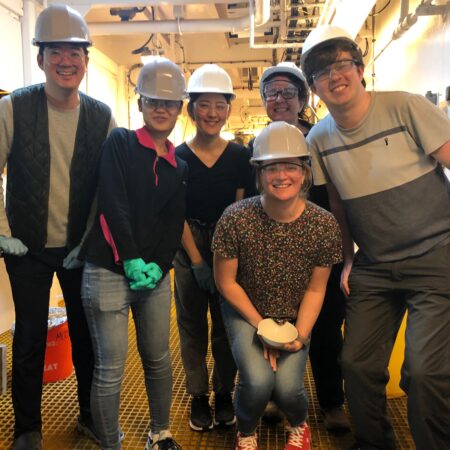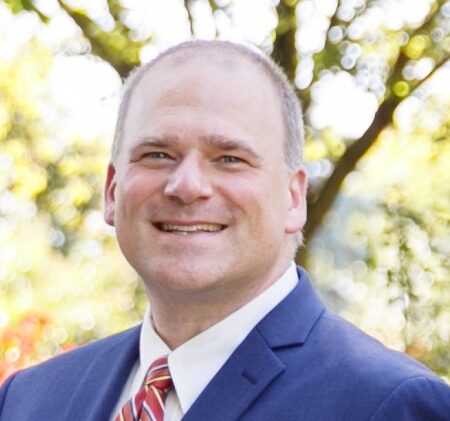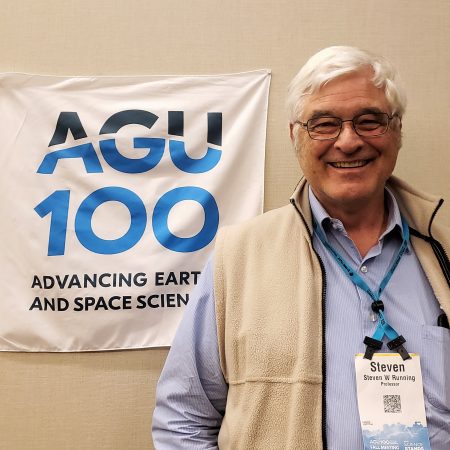Refine
Date Range Clear
Recorded by Clear
Keywords Clear
Partnerships Clear
- 2023 Mobile Tour 1
- Community Voices of Lake Geneva 1
- COVID-19 American History Project 1
- Native Bound Unbound 1
Organizations Clear
- American Geophysical Union 34
- International Ocean Discovery Program 21
- AGU 18
- NASA 17
- BAERI 16
- 21 more
Places Clear
- AGU 2018 Fall Meeting 86
- Washington DC 86
- California 12
- Bay Area 11
- AGU 2019 Fall Meeting 10
- 94 more
Languages Clear
Initiatives Clear
Alex Young has a great finger on the weather. But the Associate Director for Science in the Heliophysics Science Division at NASA's Goddard Space Flight Center’s attention is focused far higher than any storm cloud. He studies space weather and...
Growing up in Chicago, Gary Jedlovec dreamed of running his own weather station and becoming the next great TV weather forecaster. However, that all changed when he discovered meteorological research. Now well into his career as the Chief of the...
Paul Stackhouse is a sun chaser, but in his case it means measuring the surface radiation budget. This means figuring out how much sunlight gets to the surface of the planet, and takes a deep understanding of factors like cloud...
On May 8th 2019 teens from the MyDurham program interviewed mature adults about their memories of the first Moon Landing in 1969. In this recording we hear about what it was like witnessing the landing as young adults in college...
Nearing the end of her career, Anne Douglass, at NASA Godard Space Flight Center, has provided the scientific community with a better understanding of the ozone layer that protects us all from ultraviolet radiation. Anne describes the energy that it...
Kathy Cashman, professor at the University of Bristol, worked on the 1980 eruption at Mount St. Helen’s in Washington, one of the first monitored volcanic eruptions in the world (“it was a ‘who’s who’ of volcanology and geology”). Thanks to...
Cloud scientist Steven Platnick is trying to learn how clouds may magnify—or minimize—the effects of climate change. He first got excited about clouds when his Ph.D. advisor, who "treated us like equals," started asking questions about clouds. "He asked questions...
As a deputy section manager at NASA’s Jet Propulsion Lab, Carmen Boening is keenly focused on rising with the tide. The trouble is, the water level isn’t going down as the climate warms. Partly through the monitoring of a set...
Todd Hoeksema solar physicists and senior research scientist at Stanford University shares his stories about the power of the sun, technology advances and its effects on society and younger generations. (Recorded 7 September 2018)
I (Jonah McKnight) interview my grandparents Bob and Pat McKnight about their experiences in the sixties as a young couple.
As the Scientific Visualization lead for NASA’s Goddard Space Flight Center, Mark SubbaRao oversees the translation of NASA science into images and movies. For Mark, science visualization is a key communication tool that allows the public to interact and explore...
Having an idol is important in science so you can see yourself doing something similar. Gregory Cutter met his idol, Jacques Cousteau, when he was an assistant professor at Old Dominion University. As an oceanography professor, he worked with different...

Tabitha Mason, 22, asks her step-mother Stephany Mason, 46, about her career as well as the challenges of joining a family.
The realization that a purple sunset in Wisconsin traced back to the 1991 volcanic eruption of Mt. Pinatubo in the Philippines fueled Chip Trepte’s interest in the movement of volcanic aerosols in the upper atmosphere. “It was a stunning revelation...
As a program manager with the Jet Propulsion Laboratory at NASA, Dr. Ulf Israelsson shares how he first became fascinated with outer space as a child, when he would stare up at the stars in his native country of Sweden....
As a young child in India, Nithin Silvadas picked up Carl Sagan’s Cosmos, and it may have changed his life. From that moment on, he was enraptured with the universe. An undergraduate in engineering (where he literally helped build satellites)...
What starts as a conversation about arctic change is actually an all-encompassing discussion about career growth, patience, and personal growth. Walt Meier, National Snow, and Ice Data center, introduces us to Jackie Richter-Menge, US Arctic Research Commission, who has spent...
Nannofossil paleontologist Claire Routledge highlights the need for a work-life balance while working 12-hours shifts, 7 days a week, for two months. After sailing on the South Atlantic Transect (Expedition 390), Claire shares her work responsibilities with nannofossils (along with...
Geochemist Jeff Ryan shares two highlights from his first time sailing on JOIDES Resolution for Expedition 352, involving luggage at the airport, coffee, and why it is good to pack an extra towel. Photo of/from J. Ryan: Working in the...
Aidan Leetz joined JOIDES Resolution as a thin section technician for Expedition 390 in 2022. In this conversation, he shares his journey to joining the JR, his reaction to the news of the end of JR operations, and why he's...
Bonus audio! Andrew McIntyre and Laura Guertin both sailed on JOIDES Resolution for the first time during Expedition 390 (South Atlantic Transect I) and sat down to record a conversation four months after their time on the JR had ended....
Curt Niebur is the Lead Program Scientist for Planetary Flight Programs at NASA Headquarters, which means that he works on all the NASA robotic missions that don’t go to Mars- you know, a very small mom-and-pop operation. We talked to...
Stephen Running, an Emeritus Regent's Professor at the University of Montana, shares about his work with NASA studying the global ecosystem from space. Trying out a microscope at a young age ironically led him into a lifetime of looking at...
Kelly Fast basically works in a sci-fi movie- she works in the Planetary Defense Coordination Office at NASA, which means she finds asteroids before they hit Earth. And while she hasn’t had to deflect any asteroids yet, she’s been involved...
Noah Petro is a research scientist at the NASA Goddard Space Flight Center- which doesn’t seem like much, but it includes being the lab chief of the Planetary Geology, Geophysics and Geochemistry Lab at Goddard and being the project scientist...

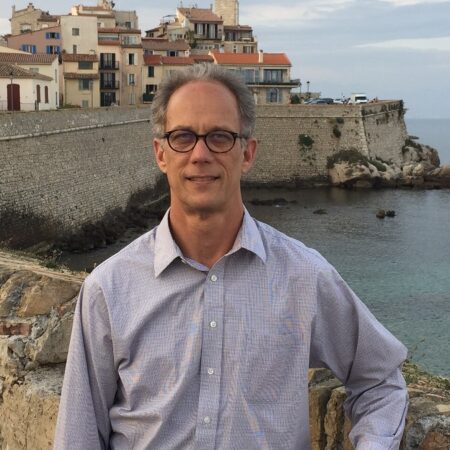
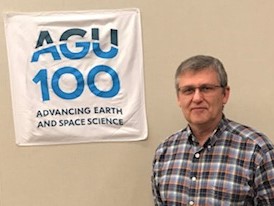
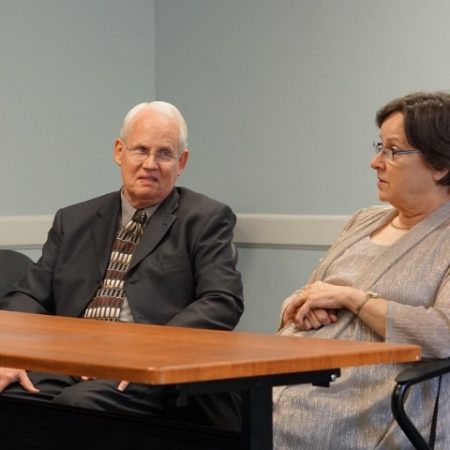
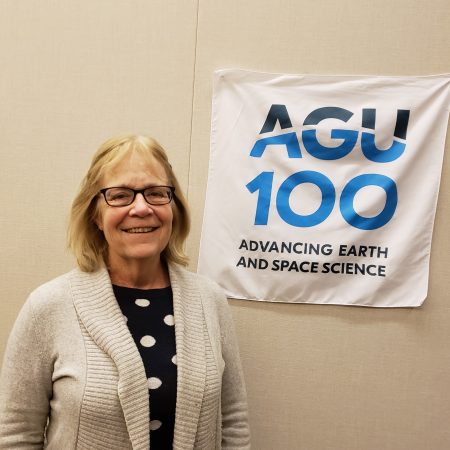


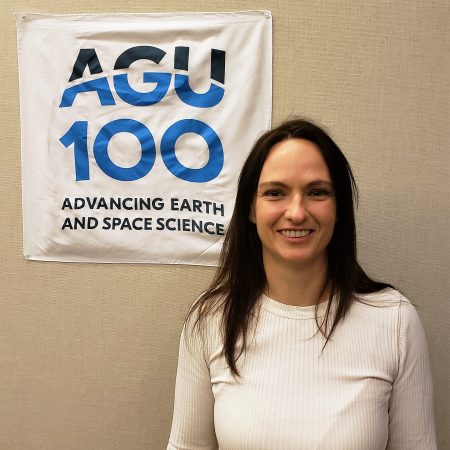
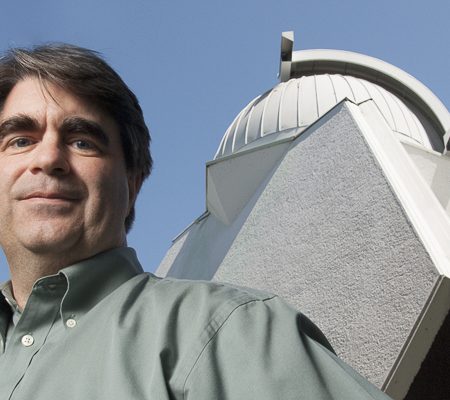
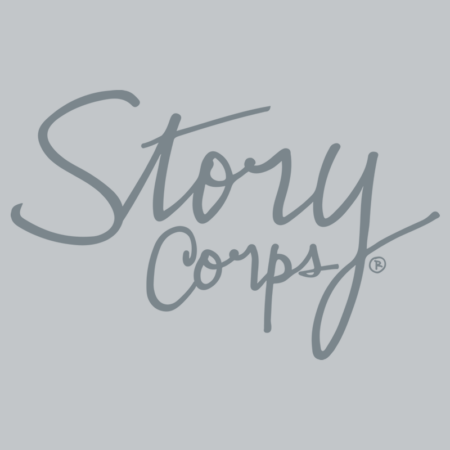
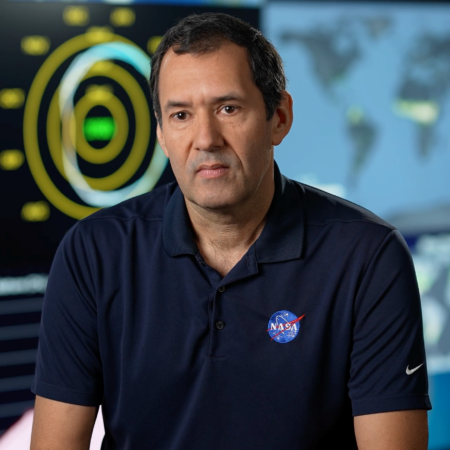




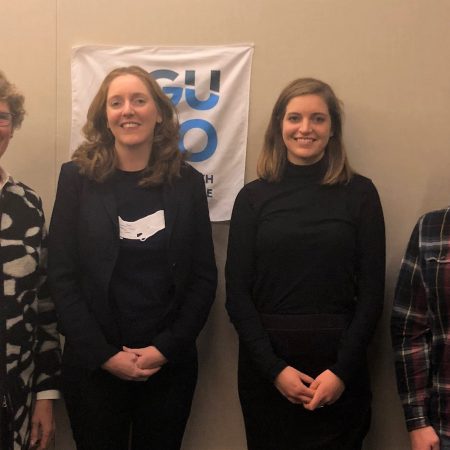
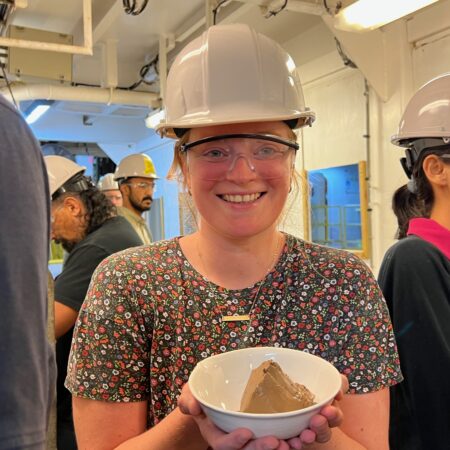
!["I get there [Narita Airport], and my luggage doesn't come out until the very end... my luggage was shredded... except the coffee"](https://archive.storycorps.org/uploads/2023/04/64482f7fb84b5__Jeffinaglovebag1-450x450.jpg)
